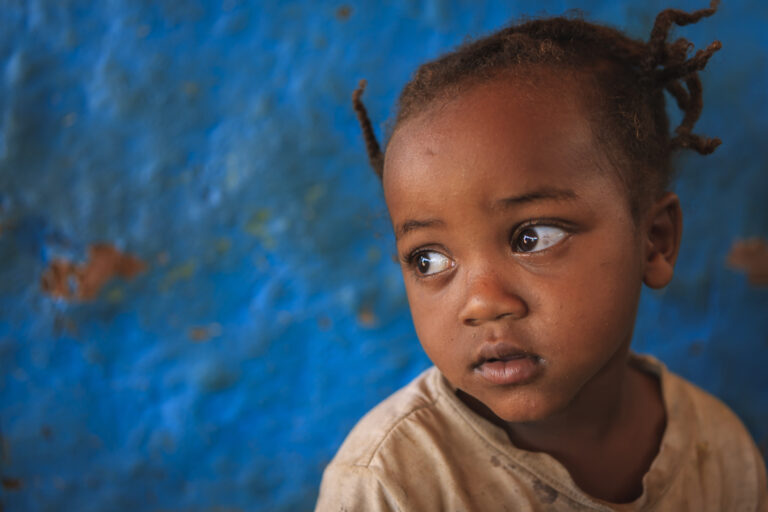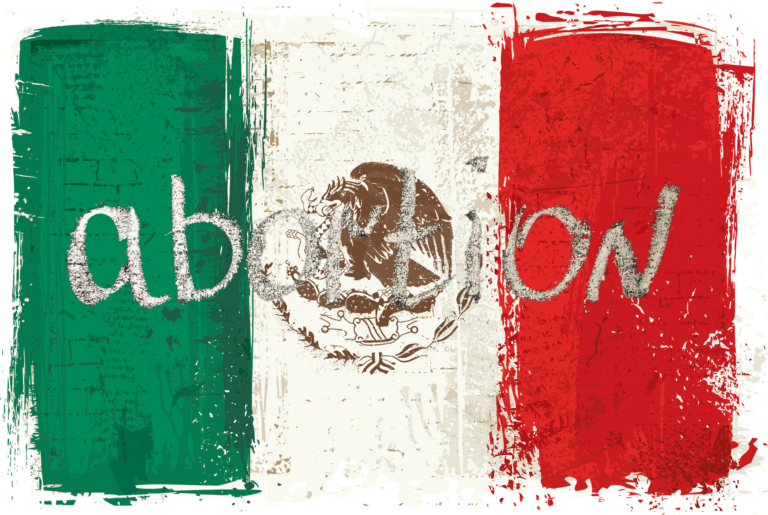February 6 2003
Volume 5/ Number 4
Dear Colleague:
The U.S. Agency for International Development (USAID) has recognized the urgent need for life-saving aid in Afghanistan. But USAID’s efforts to save lives in Afghanistan are being blocked by congressional ideologues who favor the U.N. Population Fund (UNFPA), an aggressive population control group that supports coercive abortion in China and other involuntary programs in Mexico and elsewhere. Has UNFPA been reformed? Not in the opinion of the U.S. Ambassador to the United Nations, who has rejected the UNFPA’s China program for 2003-2005.
Steven W. Mosher
President
UNFPA Aggression Countered by USAID in Afghanistan
Pro-abortion members of the U.S. Congress are attempting to block aid to Afghanistan, which would have an immediate life-saving impact, in order to try to fund the UNFPA, a group that supports forced abortion in China.
USAID has issued a statement to Congress specifying how the $34 million, cut last July from the aggressive population control agency, will be spent.
Last July, based on solid evidence brought from China regarding UNFPA’s Fourth China Country Program, U.S. Secretary of State Colin Powell concluded that UNFPA is helping China to “more effectively” implement its population program of coercive abortion. UNFPA, Powell went on to state, is in violation of the Kemp-Kasten Amendment, and is therefore ineligible to receive U.S. funding. Powell stated his opposition to coercive abortion, and signaled his desire to redirect the $34 million to USAID family planning programs and reproductive health services.(1)
The Congressional Notification (CN) states that $25 million of the $34 million will be spent in Afghanistan for 2003. This money will expand the core program in Afghanistan which began in 2002 with $15 million.(2) The remainder will be spent in Pakistan.
The impetus of the program in Afghanistan appears to be in keeping with recent survey data which reveals that an overwhelming number of Afghan women desire to have another child. It is aimed at providing immunization, care for childhood illness, antenatal and postnatal care, Vitamin A supplements, and other basic health care services.(3) It is a much-needed departure from the ideological approach to foreign aid which mandates family planning at the expense of human lives and life-saving basics.
Any kind of aid program is difficult to implement in Afghanistan, given the chaotic state of the country, but this $25 million would begin by strengthening relief organizations, and then move quickly to midwife training programs, additional surveys of health needs, and efforts to integrate prenatal, postpartum and neonatal care.(4)
USAID’s Afghanistan program is consistent with current data that indicates great unmet need for basic life-saving aid: Maternal mortality in Afghanistan ranks highest in Asia and among the highest in he world (1,600 maternal deaths per 100,000 live births); only 10 percent of all births take place in the presence of a trained attendant, and 154 of every 1,000 babies born die.(5)
The need for life-saving basics in Afghanistan was first reported by PRI following our preliminary Aid Assessment Survey conducted in Afghanistan, from June 2-16, 2002. One hundred and forty women of reproductive age were surveyed at random at a repatriation center, and in a village setting under the assistance of Afghanistan’s Ministry of Public Health. Twenty-five percent of the women said they had undergone either an abortion or sterilization in a U.N. refugee camp prior to returning to Afghanistan. An overwhelming majority said they desired to have another child. Their greatest needs, listed in order, were for food, clean water, immunization for their children, natural family planning education, pregnancy education, and prenatal care. Over 90 percent said that, instead of artificial methods of birth control, they would prefer instruction in natural family planning.(6)
So great was the need for life-saving basics that PRI personnel discontinued surveying in order to help administer child- rehydration therapy and organize food distribution programs. PRI saved lives, for lack of effective U.N. aid operations. In Kabul, UNFPA is operating mobile reproductive health clinics jointly with U.K. abortion-provider Marie Stopes.
The life-saving aid program laid out in the USAID plan is being delayed by pro-abortion members of the U.S. Congress who are seeking new ways to refund UNFPA. Patrick Leahy, 2002 chairman of the Senate Subcommittee on Foreign Operations and Committee on Appropriations, is seeking to undermine the President’s authority to bar funds from going to UNFPA if it continues to support coercive abortion or involuntary sterilization. In the meantime, as the funds are tied up by population control ideologues, women and children in Afghanistan die.
On the House side, Subcommittee on Foreign Operations Chairman, Jim Kolbe (R-AZ), supports Senate provisions to restore the $34 million to UNFPA in 2003, and provide an additional $35 million more, if it can be demonstrated that UNFPA no longer supports forced abortion in China or elsewhere.
But UNFPA cannot demonstrate that it no longer supports coercive abortion in China. In fact, it denies that it has ever supported coercive abortion in China, despite the State Department’s findings from last July. UNFPA remains defiant, absorbed in denials, and intent on generating dubious information about its latest and newly-proposed programs in China. In announcing its new program in China (UNFPA’s Fifth China Country Program), UNFPA boasts that “The success of the [Fourth] program was beyond expectation, and an additional 800 counties have instituted aspects of the client-oriented, high quality, reproductive health approach.”(7) UNFPA’s “client oriented” approach will be consolidated and expanded, and the “management capacity” of implementing agencies (bureaucracies of the communist government of the PRC) “should be increased.”(8)
In reality, UNFPA’s “client-oriented” approach is “individual choice” under “National Guidance.” China’s population program of coercive abortion continues in all regions in China without exception and will continue into the future.
After reviewing the UNFPA’s Fifth China Country Program (2003-2005), which was approved by the UNFPA on January 21, 2003, the United States Mission to the U.N. rejected it. “We believe that UNFPA should not be associated in any way with coercion,” the U.S. Ambassador to the U.N. stated. “UNFPA’s proposed new [Fifth] China program as approved by the [UNFPA] Board today, will not achieve this goal. In summary, we cannot support the proposed program in its current form.”(9)
This statement is based on solid evidence. And there will be more.
Endnotes
1. Letter from US Secretary of State Colin Powell to Patrick J. Leahy (D-Vt.), chairman of the Senate Subcommittee on Foreign Operations, July 21, 2002; US State Dept., Analysis of Determination, Kemp-Kasten Amendment, July 21, 2002.
2. USAID, Congressional Notification, January 16, 2003.
3. Ibid.
4. Ibid.
5. “Maternal Mortality in Afghanistan: Magnitude, Causes, Risk Factors and Preventability. Summary Findings,” 2002 World Population Data Sheet, Population Reference Bureau, Nov. 6, 2002; CDC Press Release, Bartlett, Linda et al, op.cit.
6. “Afghanistan Aid Assessment Survey,” Kabul, Afghanistan, PRI, June, 2002.
7. UNFPA, “County Program for China,” 31 October 2002.
8. Ibid.
9. US Mission to the UN, Statement by U.S. Ambassador Sichan Siv, U.S. Representative on the Economic and Social Council of the U.N., January 21, 2003.










